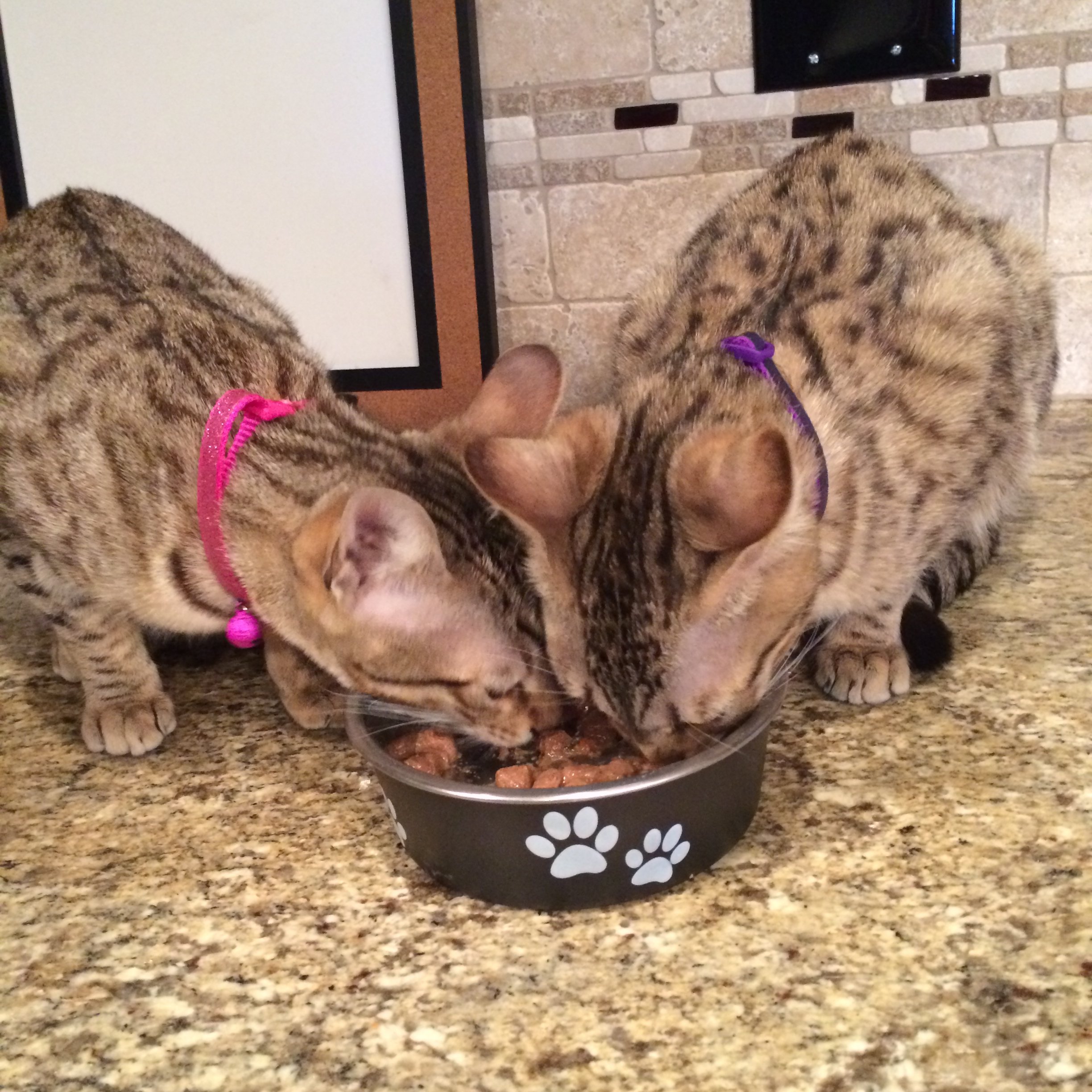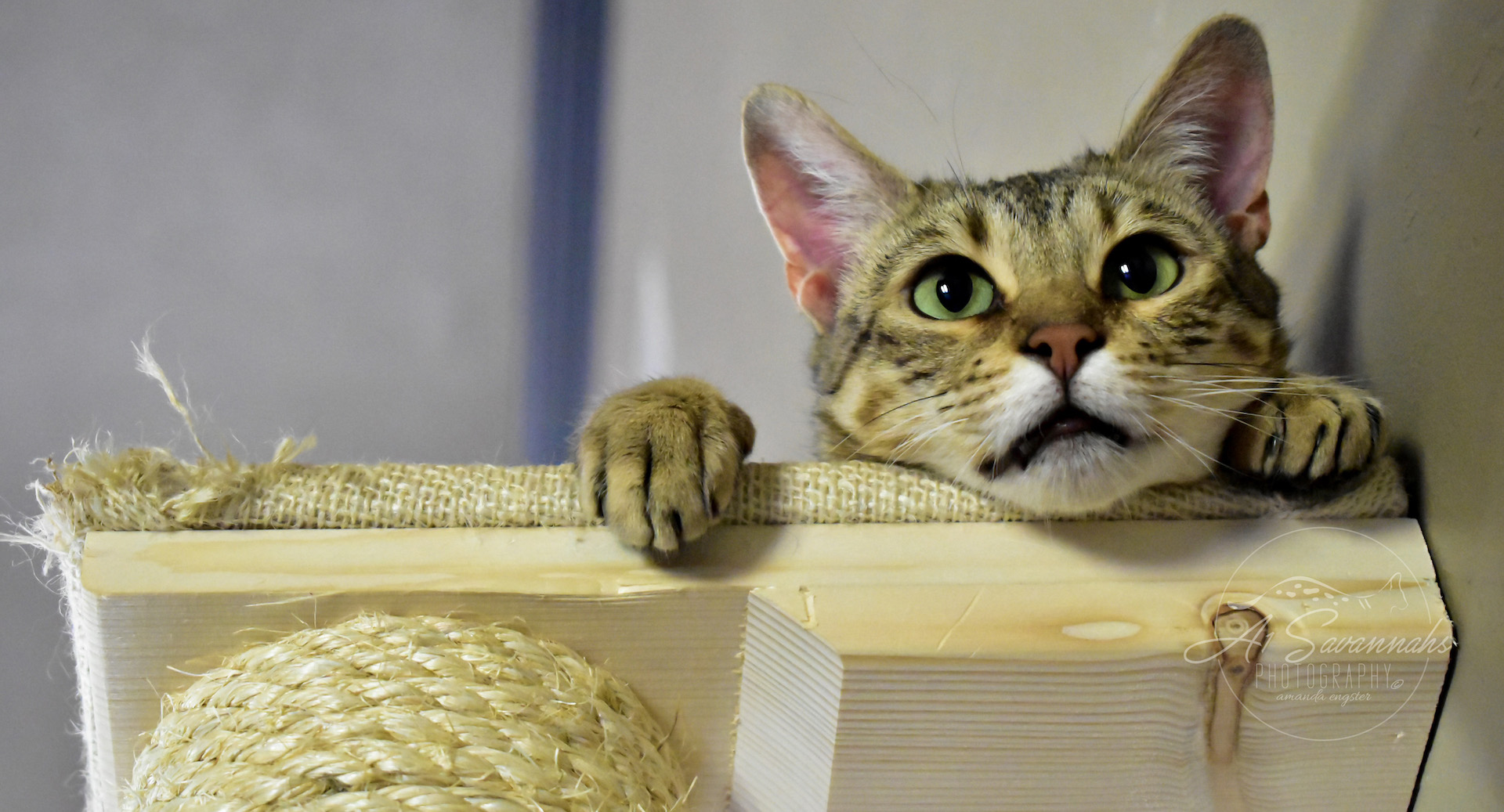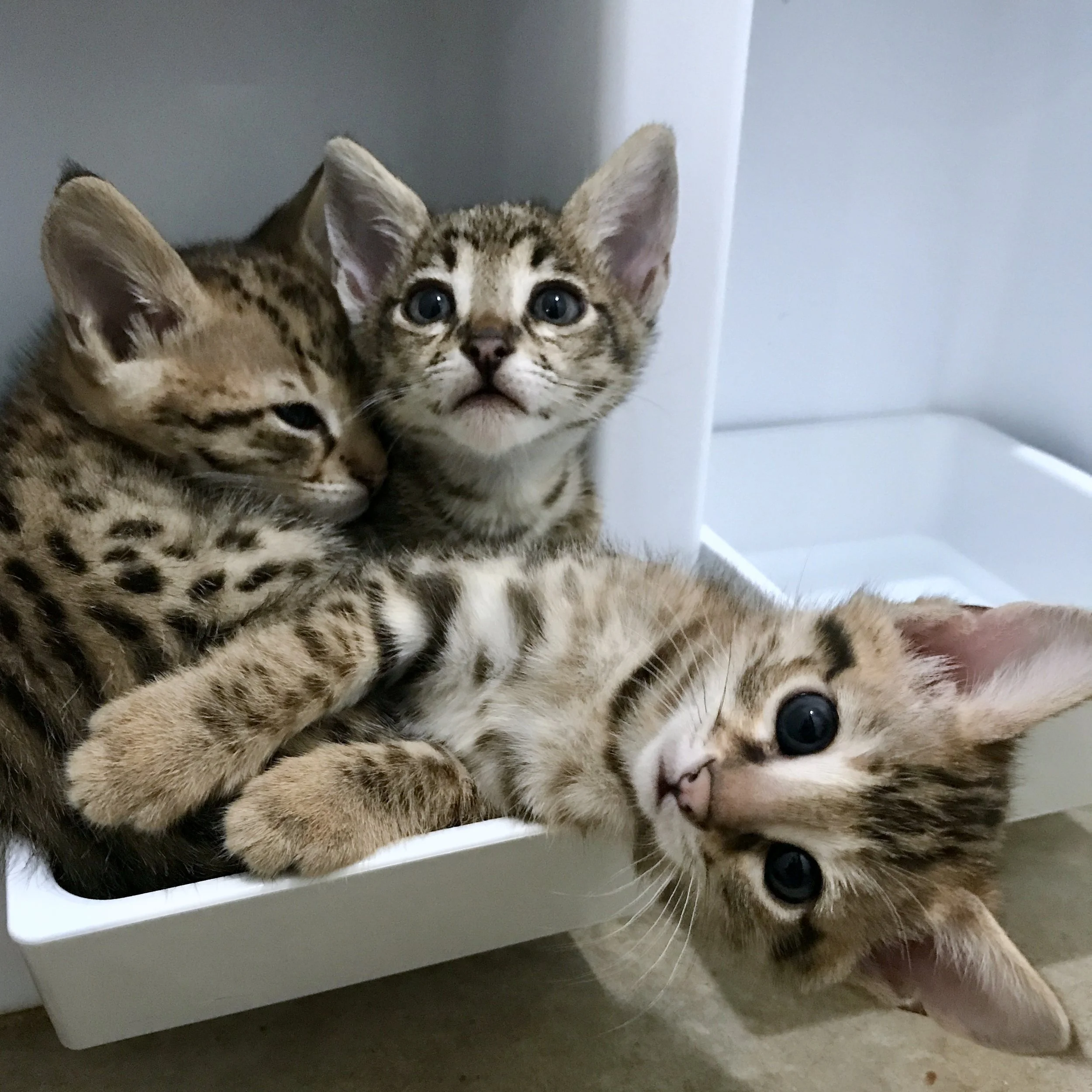As a student, managing expenses can be a challenging task, especially when it comes to caring for a furry friend like a cat. However, with a little creativity and smart planning, you can provide your feline companion with the love and care they deserve without breaking the bank. Caring for a pet can teach valuable lessons in responsibility and time management, making it a rewarding experience despite the financial constraints. If you find yourself struggling to balance your studies and personal life, consider seeking assistance from Academized essay writing service, which can help alleviate some of the academic workload, allowing you to focus on other aspects of your life, such as caring for your pet. You can also find Academized reviewed on online student blogs.
Prioritize Nutritional Value
Cats are obligate carnivores, which means they require a diet rich in animal-based proteins. While premium cat food can be expensive, you can find affordable options that provide the necessary nutrients.
Look for brands that prioritize quality ingredients without excessive fillers or by-products.
Consider purchasing larger bags or cans to save money in the long run.
Buy in bulk when there are sales or discounts.
Check for coupons or loyalty programs at pet stores.
Opt for store brands or private label brands, which can offer comparable quality at a lower cost.
Proper nutrition is essential for your cat's overall health and well-being. By being mindful of ingredient lists and focusing on balanced meals, you can ensure your furry friend thrives without overspending.
Homemade Cat Treats (Example)
One cost-effective way to indulge your cat is by making homemade treats. For instance, you can bake simple treats using ingredients like cooked chicken or tuna, oatmeal, and eggs. Not only are these treats budget-friendly, but you can also ensure they are free from harmful additives.
To make homemade cat treats, simply mix the ingredients together, roll out the dough, and cut it into bite-sized pieces. Bake them until they are firm and let them cool completely before serving. Homemade treats can be a healthy and affordable way to show your cat some extra love.
Litter Box Alternatives
DIY Litter Box Solutions
Litter boxes can be a significant expense, especially if you have multiple cats. Consider making your own litter box by repurposing large plastic storage containers or cardboard boxes lined with trash bags. This DIY solution can save you money while still providing your cat with a clean and comfortable litter area.
Litter Alternatives
Clumping clay litter can be costly, but there are several affordable alternatives to explore. Experiment with different litter options to find the best fit for your cat's preferences and your budget. Remember to scoop the litter box regularly and replace the litter as needed to maintain a clean and healthy environment for your feline friend.
Grooming and Playtime
Buy grooming tools in bulk or look for secondhand options.
Make your own cat toys from household items like cardboard boxes, paper bags, and string.
"Cats are often happier playing with an empty box or a piece of string than with an expensive, store-bought toy." - Pam Johnson-Bennett, Certified Cat Behavior Consultant
Set aside dedicated playtime each day to bond with your cat and provide mental stimulation.
Use a simple piece of string or a laser pointer to engage your cat in interactive play sessions.
Create a DIY cat tree or scratching post using inexpensive materials like cardboard or sisal rope.
Regular grooming and playtime not only keep your cat happy and healthy but also strengthen the bond between you and your furry friend.
Preventive Care and Vet Visits
Regular veterinary check-ups are crucial for your cat's health, but the costs can add up quickly. Here are some tips to keep in mind:
Look for low-cost or student-discounted vet clinics in your area.
Inquire about wellness plans or pet insurance to spread out the costs.
Stay up-to-date on vaccinations and preventive care to avoid more expensive treatments down the line.
Learn how to perform basic grooming and health checks at home to catch potential issues early.
Maintain a clean and safe living environment for your cat to prevent accidents or illnesses.
By prioritizing preventive care, you can potentially save money in the long run by avoiding costly medical treatments for preventable conditions.
Practical Example: DIY Cat Scratching Post
One of the most cost-effective DIY projects for cat owners is a homemade scratching post. All you need is a sturdy log or piece of wood, some sisal rope (available at most hardware stores), and a sturdy base. Wrap the rope tightly around the log, securing it with wood glue or hot glue, and you've got a customized scratching post for your feline friend.
Not only is a DIY scratching post budget-friendly, but it also provides your cat with a designated area to scratch and stretch, which can help preserve your furniture and carpets. You can even personalize the scratching post by adding catnip or decorative elements to make it more enticing for your furry companion.
Foster a Welcoming Environment
Beyond the essentials like food, litter, and healthcare, creating a comfortable and enriching environment for your cat is equally important. Here are some tips:
Provide cozy sleeping areas with soft bedding or blankets.
Set up designated play areas with cat-friendly toys and scratching posts.
Ensure your living space is cat-proofed by removing potential hazards or toxins.
Introduce cat-safe plants or create a "cat garden" using pet-friendly herbs like catnip or wheat grass.
A welcoming and stimulating environment can go a long way in keeping your cat happy, healthy, and engaged, all while being mindful of your budget as a student.
Remember, being a responsible pet owner means prioritizing your cat's well-being while being mindful of your budget. With a little creativity and effort, you can provide a loving and nurturing environment for your feline friend without breaking the bank. Embrace the challenges and joys of caring for a furry companion during your student years, as it can teach valuable life lessons and enrich your overall experience.














